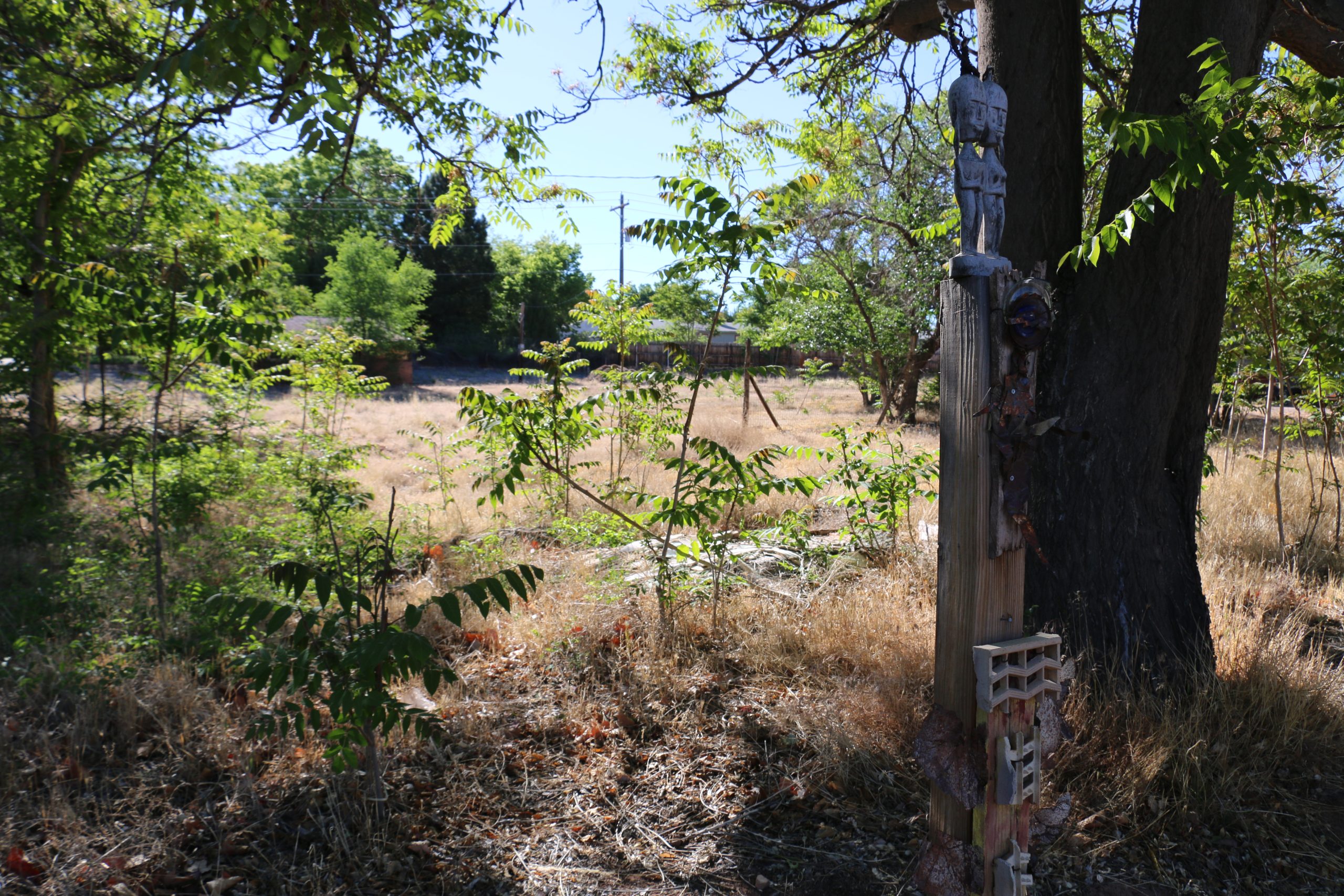Some information may be outdated.
With no written guarantees in front of them to ensure the development of more affordable housing, Moab City Council members this week rejected a proposal that would have increased housing densities in the city’s R-2 residential neighborhoods.
The council voted 4-1 on Tuesday, May 23, against an ordinance that would have allowed denser, small-scale “planned-unit developments” in the zone; council member Tawny Knuteson-Boyd voted against the majority.
The Moab City Planning Commission and the city’s planning department recommended the change for the zone that covers much of three major neighborhoods: an area to the east of 400 East, the Doc Allen Drive area and an area north of Moab Regional Hospital that is largely east of 500 West. Smaller R-2 neighborhoods are scattered elsewhere within the city limits.
Among other things, the ordinance change would have allowed a maximum density of 15 units per acre. In addition, it would have reduced the allowable lot size for planned-unit developments from 3 acres to 1 acre – in the R-2 zone, as well as three other zoning districts.
A memo from Moab City Planning Director Jeff Reinhart says that smaller, undeveloped parcels of land in the R-2 zone could accommodate more “ingeniously designed” housing units and spur “creative development” in older residential neighborhoods.
But Moab City Council member Kalen Jones said that as drafted, the proposal created inconsistencies in the city’s code, and he sought to have a broader discussion about planned-unit developments before taking any further action.
In the interests of moving it forward, but keeping things as simple as possible, Jones said he would support the allowance of apartments as part of planned-unit developments in the zone at current densities. But he said he is not yet in favor of going beyond that idea to increase densities, or to address issues related to open space requirements.
“I think those are valuable conversations, but I think that they deserve more attention than we’ve given them,” Jones said.
Moab City Council member Rani Derasary said she’s a “little bit nervous” about offering increased density in the zone without guarantees that a certain percentage of housing units will be affordable and remain that way, through deed restrictions.
“Because otherwise, I don’t see how it helps us with our housing problem,” Derasary said.
Moab City Manager David Everitt said that city officials are always looking for ways to promote affordable housing – and more housing in general. But that wasn’t necessarily the exclusive goal of the changes they were seeking through the ordinance changes, Everitt said.
“It’s a part of it, but I would say we intentionally didn’t focus on really major changes to what the incentive program would be for deed-restricted affordable housing,” he said.
Moab City Attorney Chris McAnany said that council members directed staffers to look for other ways to encourage the development of multi-family or higher-density development in the zone, after they denied an applicant’s request for a rezone on 400 East. City officials did not set out to do a complete rewrite of the ordinance, he said, although that project is on their list of things to do.
“This is a minor tweak to the ordinance to allow a particular type of use,” McAnany said.
Having said that, McAnany agreed that there are legitimate policy concerns about how much density the council wants to allow, the uses that it should allow or the inducements it could offer developers to encourage better design and more housing in the zone.
Knuteson-Boyd noted that officials keep talking about housing – especially affordable housing – and she said that the city has to take some “baby steps” in that direction. She happens to live in one of the few existing planned-unit developments within the city limits, and she said that similar developments could be a good fit for some residents.
“It’s not for everybody,” Knuteson-Boyd said. “Our lots are smaller, they’re closer together, the houses are closer … If you get claustrophobic, it might not be your thing, but it seems to work for our little houses. I think it can work for … other smaller homes.”
Jones said that once an ongoing economic study is completed, city officials will gain valuable, market-specific data about the kinds of densities the city needs, and the strategic approach it should take in the future.
“That’s why I’m reluctant to give away density by this ordinance, by density increases that are being proposed now, because I think it’s easier to give away than it is to take back when you’re in government,” he said.
Council votes 4-1 against proposal to allow planned-unit developments in R-2 zone
Appreciate the coverage? Help keep local news alive.
Chip in to support the Moab Sun News.





